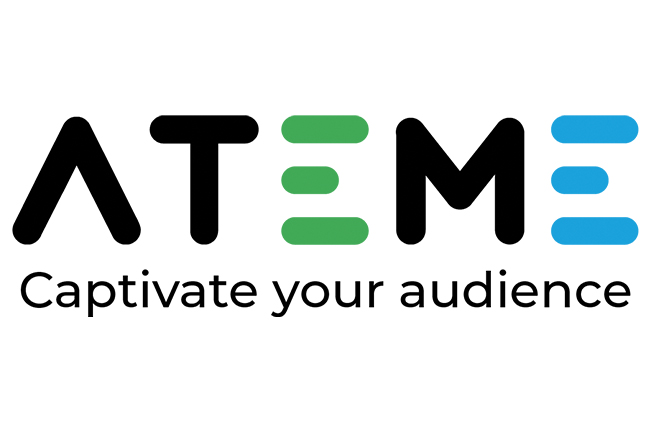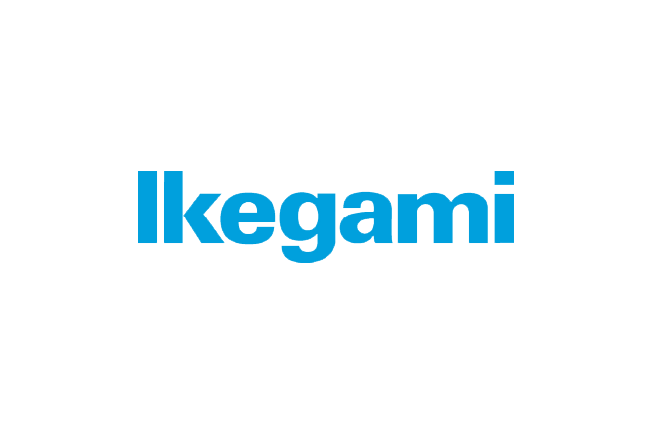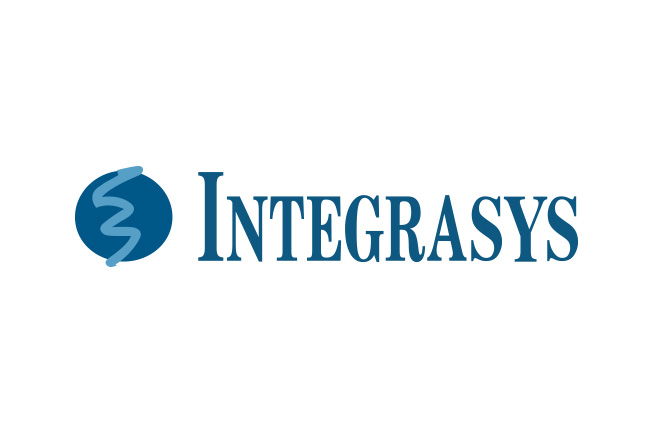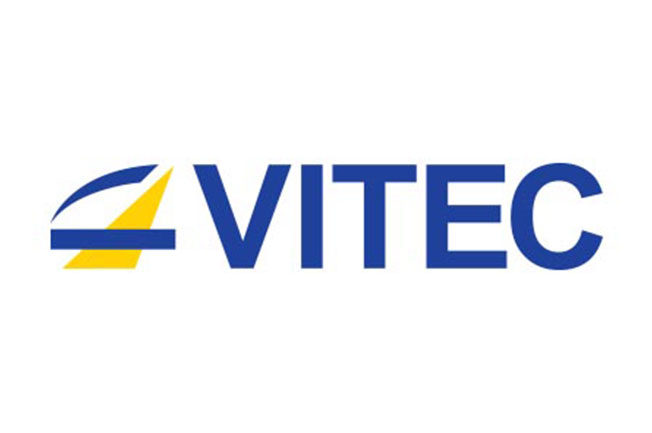Harnessing the latest technologies to make lives better
Founded more than 80 years ago, Rohde & Schwarz is one of the world’s leading manufacturers of information and communications technology products for professional users.
Like many other companies, Rohde & Schwarz is seeing a transition within its core markets from hardware-based products and system solutions to one where software and especially Internet Protocols (IP) are much more influential.
Rohde & Schwarz supports this transformation with groundbreaking solutions.
Today, the entire signal processing chain for digital video and audio content – from ingest and playout to encoding and multiplexing, from contribution to satellite and IP networks to terrestrial transmission can be realised with Rohde & Schwarz products.
Rohde & Schwarz has invested heavily in developing an IP strategy that builds on extensive SDI heritage thereby expanding its product portfolio.
Engineering, product and R&D teams have steadily evolved over many years and this stability is reflected in consistent adherence to a strategy that has drilled down deep within broadcast workflows.
New Generation of LTE/5G Broadcast technology
5G broadcasts are set to transform the international mobile communications market.
The new LTE/5G Broadcast standard is a key technology for the future when vehicles become highly automated and devices are networked with each other in the Internet of Things.
5G Broadcast is part of that and offers great potential for efficient distribution of media content.
The introduction of 5G Broadcast will open up a worldwide market with millions of smartphones and tablets acting as potential TV receivers able to combine live TV services, media libraries, social networks and many other media services.
Software-based Monitoring and Multiviewer
R&S PRISMON multiviewer provides advanced content monitoring for broadcast and streaming media services.
It supports the SDI, SDIoIP, SMPTE 2022-1/2, SMPTE 2022-6, SMPTE 2110, AIMS, TSoIP, CMAF, OTT, ASPEN, HLS and DASH transport standards as well as media formats such as MPEG-2/4, HEVC and TICO. Future new standards and media formats can be efficiently and flexibly added via software upgrades.
R&S PRISMON automatically detects signal dropouts and content errors in real time, using sophisticated monitoring functions such as video freeze with whitelisting and video content compare.
Its future-ready, fully software defined architecture allows innovative, powerful monitoring functions such as live quality measurement (LiveQM) and content compare.
R&S PRISMON features an orchestration-ready design for dynamic and flexible resource allocation in virtual environments.
SpycerNode Storage Harnesses Power of High-Performance Computing
SpycerNode represents the first in a new breed of storage systems that harness the latest advances in High Performance Computing (HPC).
HPC is a combination of hardware, file system and RAID approach. HPC employs redundancy using software ‘RAID’ technologies called erasure coding in combination with declustering to increase overall performance and reduce rebuild times.
Also, system scalability is almost infinite and expansion is possible during operation.
Satellite Amplifiers for KU Band
In 2018, Rohde & Schwarz introduced the R&S PKU100 solid-state amplifier which uses the latest transistor technology and offers users new and radically different functionality.
The amplifier achieves high efficiency, is compact and lightweight with high power output and is available with an optional adaptive linearisation.
An integrated block upconverter (BUC) from L-band is also available.
Importantly, if transistors fail during operation, the amplifier continues to operate with reduced output power.
With no high voltages used within the product, maintenance is easy and the product offers a significantly longer operating lifetime than the tube-based counterpart.
Rohde & Schwarz has developed two power classes for these uplink amplifiers. A 400W and a 750W model will be available as outdoor and indoor units and for the two frequency bands — 12,75 GHz to 13,25 GHz and 13,75 GHz to 14,5 GHz.
The amplifier can be used in large-scale fixed satellite installations serving customer applications such as broadcasters, telecom and internet service providers, financial institutions, government and non-government organisations.
At the same time, the smaller amplifier can also be used for mobile, vehicle-mounted satellite applications.





















































